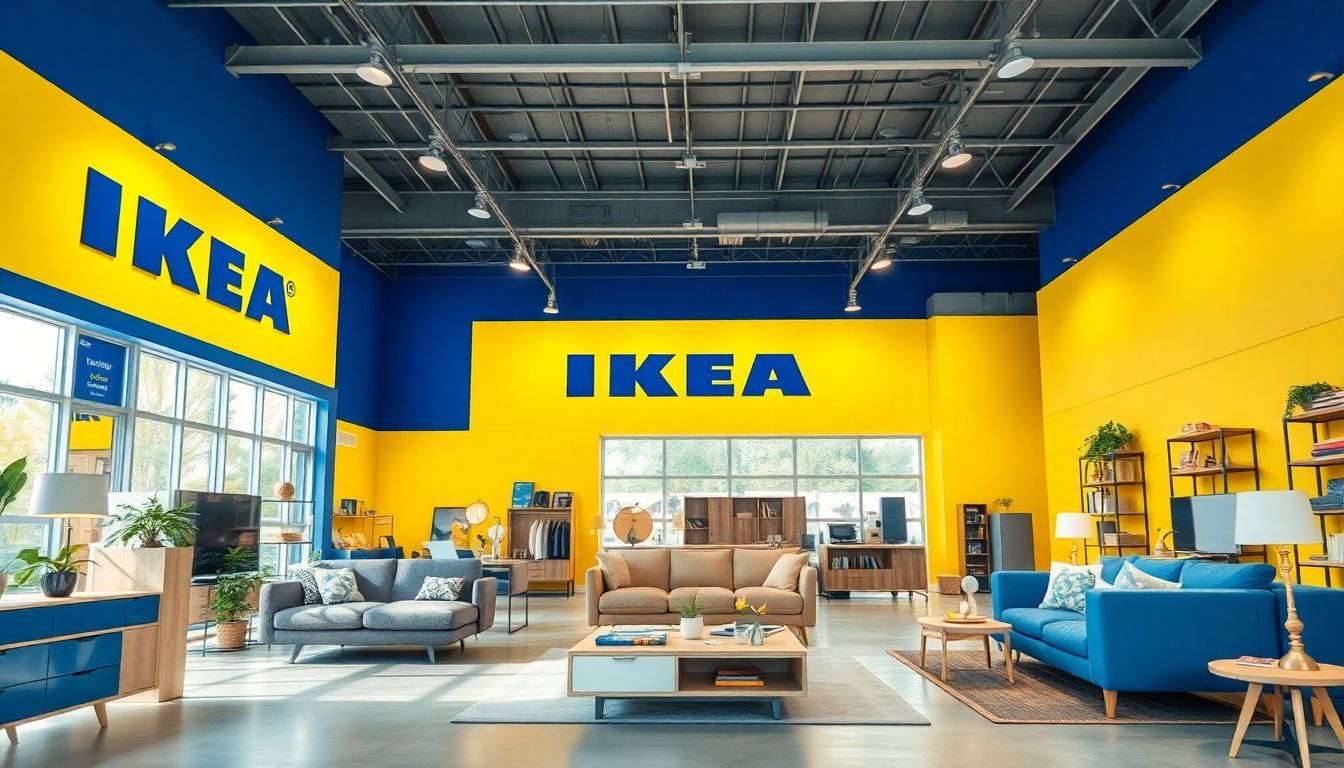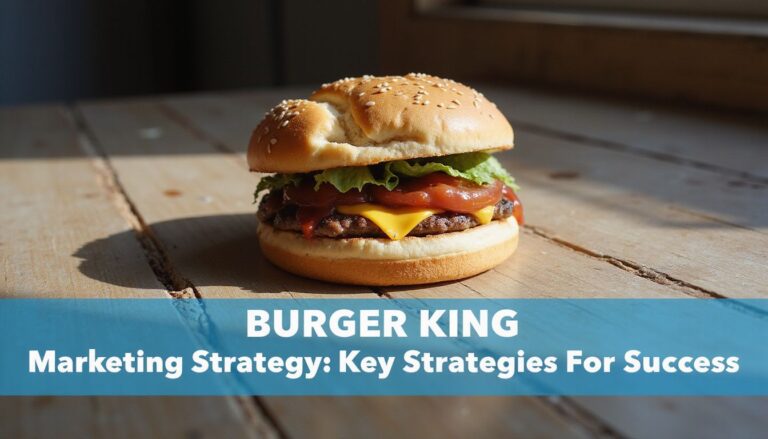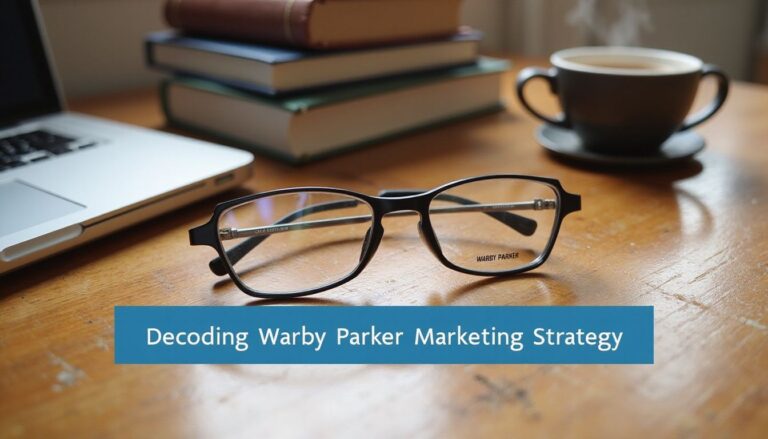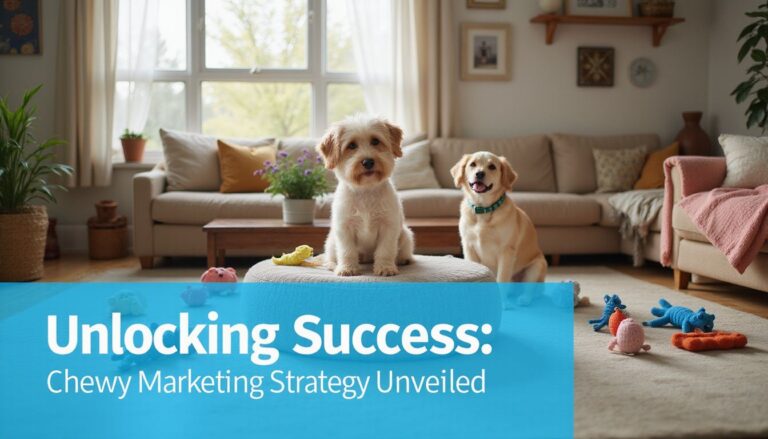Have you wondered how Ikea built such a strong and popular brand? I was curious too, so I took a closer look at Ikea’s marketing strategy. Last year alone, Ikea opened 19 new stores—including its first in India. 1 In this post, I’ll share simple examples of the marketing methods behind Ikea’s success—both online and offline. Keep reading for tips you can use to grow your own brand!
Key Takeaways
- IKEA saves big on shipping with flat-packed furniture, helping them pull in €45.1 billion from 422 stores in 2024.
- They mainly appeal to young adults (ages 16-34), offering budget-friendly prices, and aim to become climate-positive by 2030 through renewable materials and energy projects.
- IKEA creates a casual shopping vibe: customers explore furnished room setups, kids enjoy fun play spaces, and families snack on Swedish treats.
- IKEA Place app uses AR tech to boost online shopping—resulting in 20% more engagement and 90% better conversion than regular methods.
- IKEA tweaks furniture sizing and social media usage per country (like WeChat in China and Instagram in the US), but keeps its clear Swedish style and branding.
The Fundamentals of Ikea’s Marketing Strategy

Ikea’s marketing strategy is about two clear things: good value and clever branding. They keep it simple, focusing mostly on low prices, being eco-friendly, and setting up fun shopping experiences.
The huge stores double as giant home displays—you can walk around, touch things, test stuff out, and imagine the perfect setup. It’s all made just right for young adults, 16-34, who want nice homes without breaking the bank. 1 Ikea keeps costs low with smart, efficient designs, and flat-packed boxes that save money on shipping.
Everything about Ikea stays proudly Swedish. From the bright blue-and-yellow store colors, to the Nordic furniture style, to the food courts serving those famous Swedish meatballs—it’s all part of the branding.
And with 422 stores across over 50 markets, bringing in about 45.1 billion euros in sales for 2024, it’s clear their strategy hits home. 1 Next up, I’ll touch on how Ikea balances their affordable prices with green goals to grow their customer base even further.
Focus on Affordability and Sustainability
Affordability and sustainability together form the backbone of IKEA’s success. Their flat-pack furniture style greatly reduces shipping costs—good news for my wallet. It’s great grabbing stylish home pieces, without overspending.
Plus, self-assembly furniture saves IKEA labor expenses, bringing prices down even more.
IKEA doesn’t just talk about going green—they act on it. The company plans to become climate-positive by 2030, which impresses me as someone who cares about the environment. They’re shifting completely to renewable and recycled materials in their products.
IKEA even invests in solar and wind energy projects. They offer take-back programs too, where customers can return old furniture for recycling. With affordable products and real eco-friendly action, IKEA appeals strongly to both budget-focused and earth-friendly shoppers. 2
Enhancing the In-Store Experience at Ikea
IKEA creates a shopping experience unlike anywhere else. The clever one-way path guides me past rooms set up like real homes—which sparks ideas for my place. I can touch sofas, open cabinets, and see exactly how lamps or rugs fit my space before I buy.
Plus, IKEA turns it into a fun family outing, complete with kid-friendly play zones and tasty Swedish snacks. The popular Swedish meatballs and desserts keep everyone happy, relaxed, and browsing longer. 3
Shopping at IKEA isn’t just about furniture. Staff members give useful tips and answer my questions clearly, even about putting the pieces together at home. The carefully designed showrooms display how items blend together, making space-planning simple.
All these thoughtful details help IKEA build its brand, turning regular store visits into enjoyable family activities. The combo of inviting displays, handy staff, food options, and thoughtful kid areas creates loyal shoppers who return again and again.
Strategies for Digital Marketing and E-commerce
IKEA rocks the digital world with a smart mix of online tools and apps that make shopping super easy. Their website and mobile app let you browse, plan, and buy without leaving your couch.
Optimizing Ikea’s Website and Mobile App
Digital tools really simplify how shoppers connect online browsing and store visits, creating a smoother buying process overall:
- IKEA’s website uses effective SEO strategies, so customers easily find the furniture they’re after, right from a quick Google search. 4
- Their mobile app—IKEA Place—lets you preview furniture in your own home, using simple AR tech. See how that new sofa or table fits your living room, before you buy.
- Click-and-collect services let busy people shop online, then grab their items directly in store—no waiting, no lines.
- Detailed product pages clearly show item images, prices, and exact stock available at nearby stores. Saves you time by preventing visits when items aren’t there.
- Web pages load quickly on mobile and desktop, avoiding customer frustration. Quick-loading sites translate to more sales and happier visitors.
- Genuine user reviews build trust with newcomers, offering honest feedback along with real-life product pics in actual homes.
- The site’s search feature easily understands even misspelled entries—type “blue shelf” without worrying about correct Swedish names.
- Online room planners help design your ideal space digitally, before committing to a purchase. This reduces returns and ensures furniture really fits.
- App notifications remind you of sales and discounts for items you’re interested in, gently guiding forgetful shoppers back to the platform. 2
- Shopping lists created on one device instantly sync with others. Start a list on your phone, finish comfortably on your laptop—perfect for planning detailed, multi-step purchases.
Enhancing SEO for Ikea
IKEA uses some smart—but simple—tricks to make sure its products pop up in search results. Here’s how IKEA does it:
- Eye-catching, clear photos grab attention and boost IKEA’s clicks in search results. 5
- The website’s “Inspiration Hub” sorts ideas by room and style, letting users quickly find what they want. 5
- IKEA writes short, helpful articles on topics people Google often—like “how to set up a home office”.
- Real customer photos and honest reviews build trust online and encourage shoppers to buy.
- Regular emails encourage past customers to revisit IKEA’s website, signaling to search engines that the site is active and popular.
- IKEA partners with home design pros who highlight IKEA products online and reach new audiences easily.
- IKEA’s content includes popular search terms—like “affordable furniture” or “sustainable living”—to match common customer searches.
- IKEA frequently updates product pages with fresh info and clear specs, ensuring search engines notice new details.
- IKEA connects related products and design ideas across its website, helping search engines clearly understand the content.
- Store pages include local city names and landmarks, helping IKEA appear higher in local “near me” searches.
Leveraging Social Media and Influencer Partnerships
Social media is a sweet spot for IKEA—they’ve got some impressive numbers to show for it. Over 30 million likes on Facebook, a solid 1 million followers on Instagram, more than 5,300 fans on Twitter, and about 41,200 subscribers on YouTube. 6 Each channel helps the Swedish brand stay in touch, using fun posts, quick updates, and special deals to engage shoppers.
One smart move they pull is partnering with popular online influencers. These internet personalities highlight IKEA stuff right in their own homes—keeping things authentic and relatable.
It’s a clever mix: real people content meets influencer power. That combo wins people’s trust and feels like advice from friends, not flashy ads. 5
Across social media, IKEA keeps it friendly, upbeat, and casual. The voice always stays welcoming and down-to-earth. Even as they showcase their affordable prices and clean, simple designs, they make sure each interaction feels personal and real.
Tailoring Marketing Tactics for Global Markets
I adapt IKEA’s marketing plans for every new country they enter. This Swedish furniture giant understands—what clicks in Stockholm could easily miss in Shanghai. Before opening a store, my team looks closely at local tastes, shopping styles, even the average home size.
For instance, IKEA sells smaller-sized furniture in Japan, since apartments there are often tiny. In contrast, stores in the U.S. carry bigger pieces, matching larger American homes.
This smart strategy helps IKEA connect naturally with customers, now across more than 50 countries, without losing that iconic blue-and-yellow vibe. 2
To match each market, IKEA relies on the 7 P’s framework: product, price, place, promotion, people, process, and physical evidence. Prices stay affordable everywhere…but offerings shift to fit local needs.
Even social media platforms aren’t the same—WeChat is IKEA’s choice in China, while Instagram brings customers in the U.S. The company sticks close to its basic promise—simple style and low prices—but always speaks naturally in every region.
This thoughtful blend of global brand with local charm explains why IKEA’s marketing clicks across so many markets. 2
Engaging Customers Through Content Marketing and Storytelling
I craft magic with IKEA’s content marketing strategy—using DIY tips and fun, interactive videos. 2 Real shoppers can see IKEA products set up in actual homes, making ideas easy to imagine.
Our “#IKEAatHome” campaign invites shoppers to share their own living spaces online. User-generated photos and stories turn regular customers into brand champions. They show genuine IKEA setups, creating trust far beyond any standard ad.
Stories are a big part of showcasing IKEA’s values—especially around sustainability. My team shares honest, relatable moments from everyday families who use our furniture. Viewers instantly feel included in the wider IKEA community.
Interactive features also keep customers interested between trips to the store—think quizzes, clickable product guides, and quick home hacks. Simple yet effective SEO makes sure online searchers easily find all these useful resources.
Next up, let’s check out how IKEA develops strong, ongoing customer loyalty from these early connections.
Building Customer Loyalty and Engagement
Content marketing helps IKEA share compelling stories—but keeping customers returning means going further. The IKEA Family loyalty program offers special member discounts and personalized content.
My customers really appreciate that extra attention! Shoppers feel connected, like they’re part of IKEA’s community. Online reviews and customer surveys also let people voice their opinions—creating a continuous feedback loop and stronger brand ties. 7
The IKEA mobile app makes shopping simple from browsing to checkout. Customers easily explore, plan, and purchase all within the app. Social media maintains daily conversations and customer engagement.
Plus, IKEA’s commitment to sustainability attracts eco-conscious shoppers. These planet-friendly efforts transform casual buyers into loyal supporters. Every interaction adds trust, improving everyone’s IKEA experience bit by bit. 1
Exploring Ikea’s Innovative Use of AR and VR Technologies
IKEA really stands out with tech-driven furniture shopping. Their IKEA Place app uses AR—letting you virtually place over 2,000 items directly into your home. Shoppers love it, and IKEA has seen engagement jump by 20%. 8 It makes furniture buying easier… and way more fun.
VR tech also shines with IKEA’s Kitchen Visualizer. You can create your own customized kitchen before spending a dime. And this pays off—AR users convert at a rate that’s 90% higher than others.
In fact, 71% of customers now lean toward stores offering AR “try-before-you-buy” features. 8
There’s even more to explore—the IKEA Immerse VR app gives virtual tours of their stores. These tech-savvy tools seamlessly blend real-world shopping with digital convenience, showing why IKEA continues to lead in retail innovation.
What Lessons Can Ikea Learn from Nike’s Marketing Strategy to Enhance Its Own Brand?
Ikea can enhance its brand by exploring nike’s innovative branding and marketing strategies. By focusing on storytelling and emotional connections, Ikea can create a more engaging customer experience. Collaborations with emerging artists could mirror Nike’s influencers, while interactive campaigns can further solidify Ikea’s presence in the competitive home furnishing market.
Conclusion
IKEA really nails marketing. I love how they mix their Swedish roots into something the whole world enjoys—just look at those simple blue and yellow colors. They keep prices low, care about the environment, and win over fans of all ages.
Cozy store setups, handy apps, and clever social media posts tell one clear brand story. Even cool extras like testing furniture through AR, or grabbing meatballs in-store, make people want to come back again and again.
References
- ^ https://www.simplilearn.com/tutorials/marketing-case-studies-tutorial/ikea-marketing-strategy-case-study (2025-01-13)
- ^ https://www.sprintzeal.com/blog/ikea-marketing-strategy (2025-02-12)
- ^ https://marcom.com/ikea-marketing-strategy-case-study/
- ^ https://www.ienhance.co/insights/ikea-marketing-strategy (2024-11-15)
- ^ https://madebyextreme.com/insights/ikea-digital-marketing-strategy-key-observations
- ^ https://www.latterly.org/ikea-marketing-strategy/ (2024-06-19)
- ^ https://medium.com/@loyaltyconsulting0400/a-case-study-on-ikeas-successful-crm-strategy-fa1be8b462ff
- ^ https://esquanmarketing.com/ikea-a-case-study-on-the-impact-of-ar-and-vr-on-marketing/







